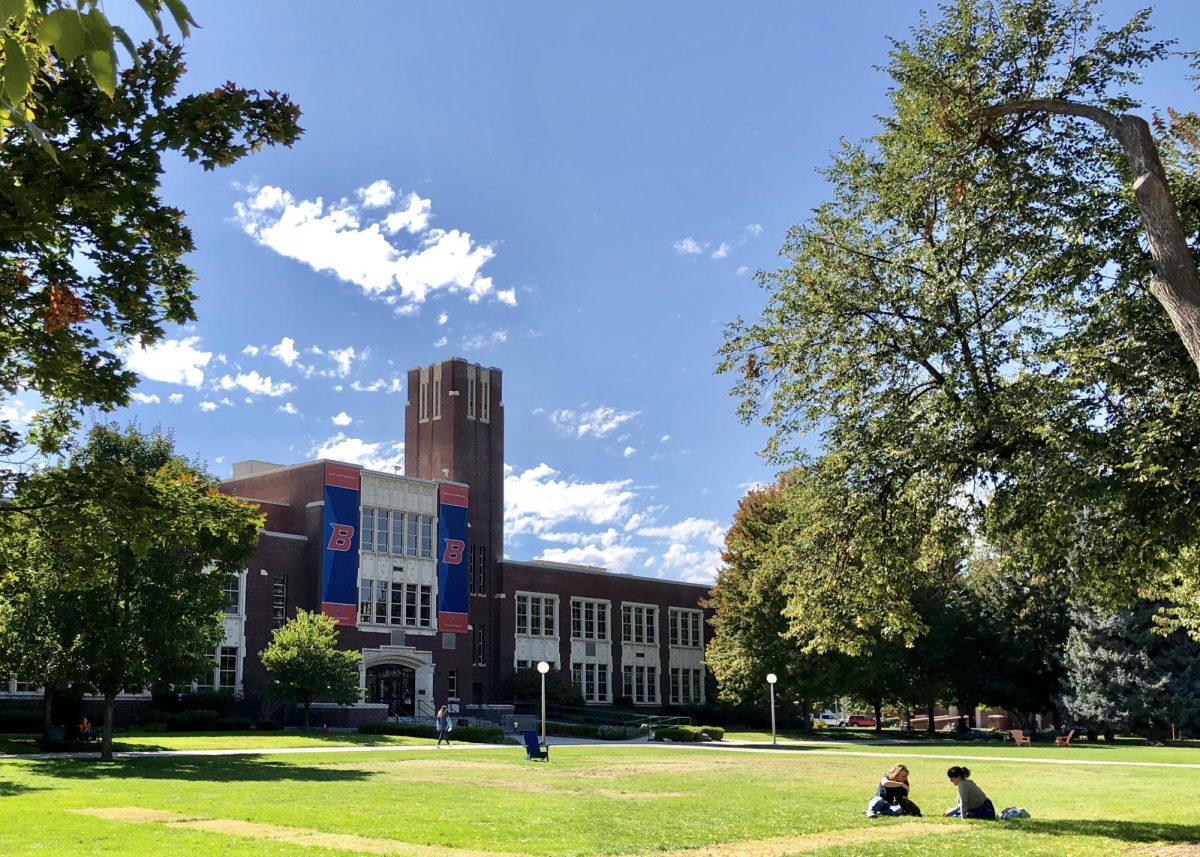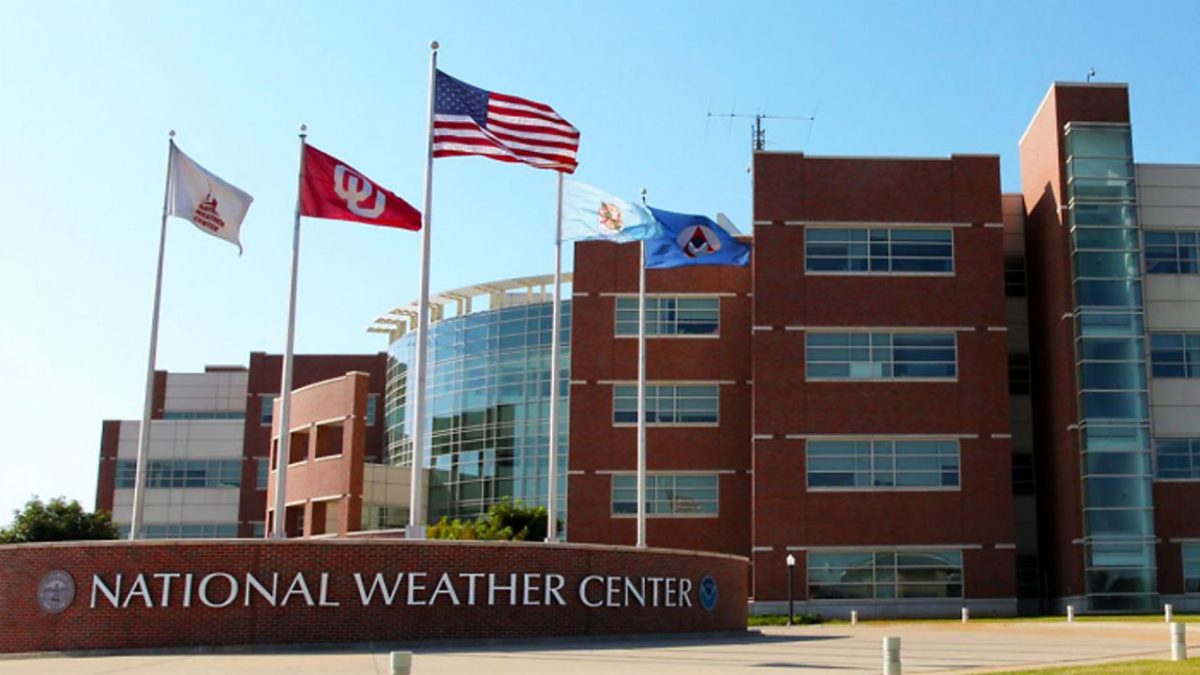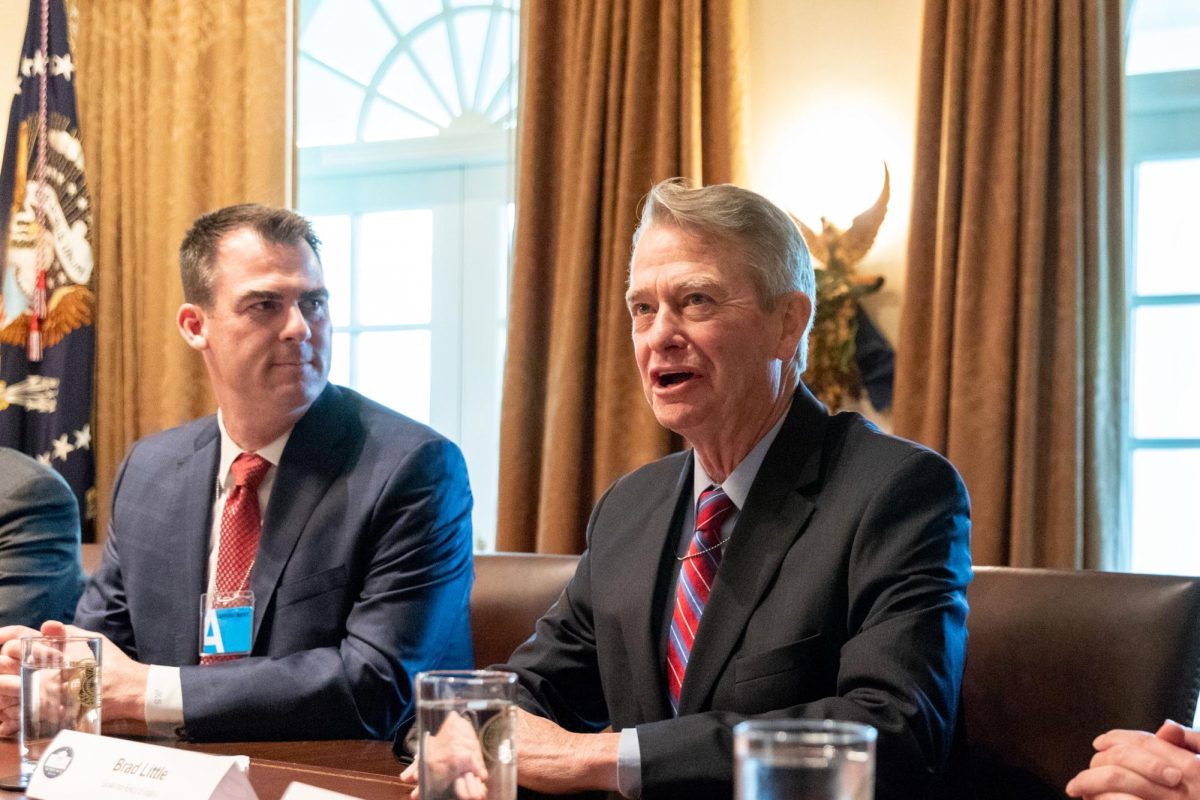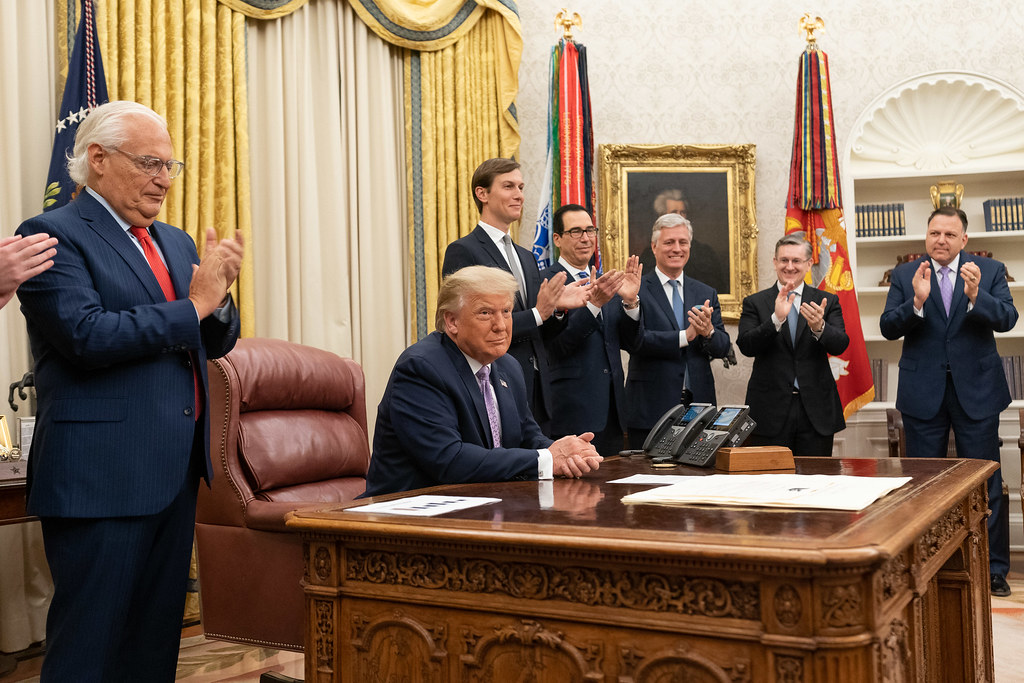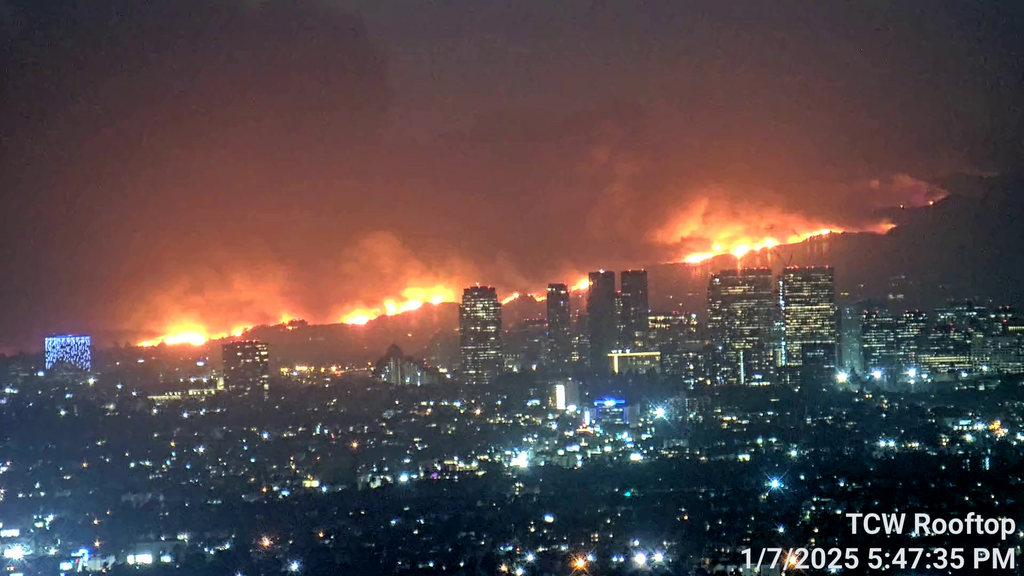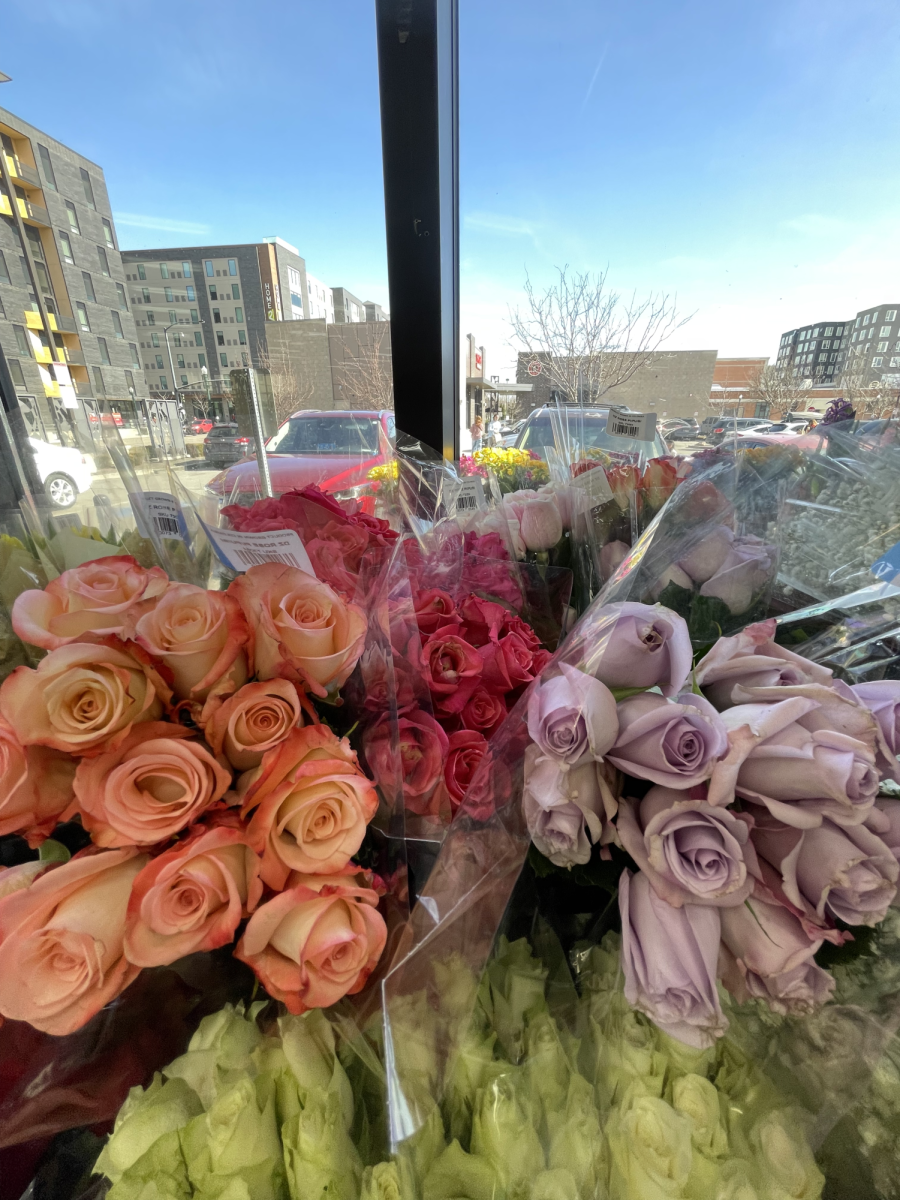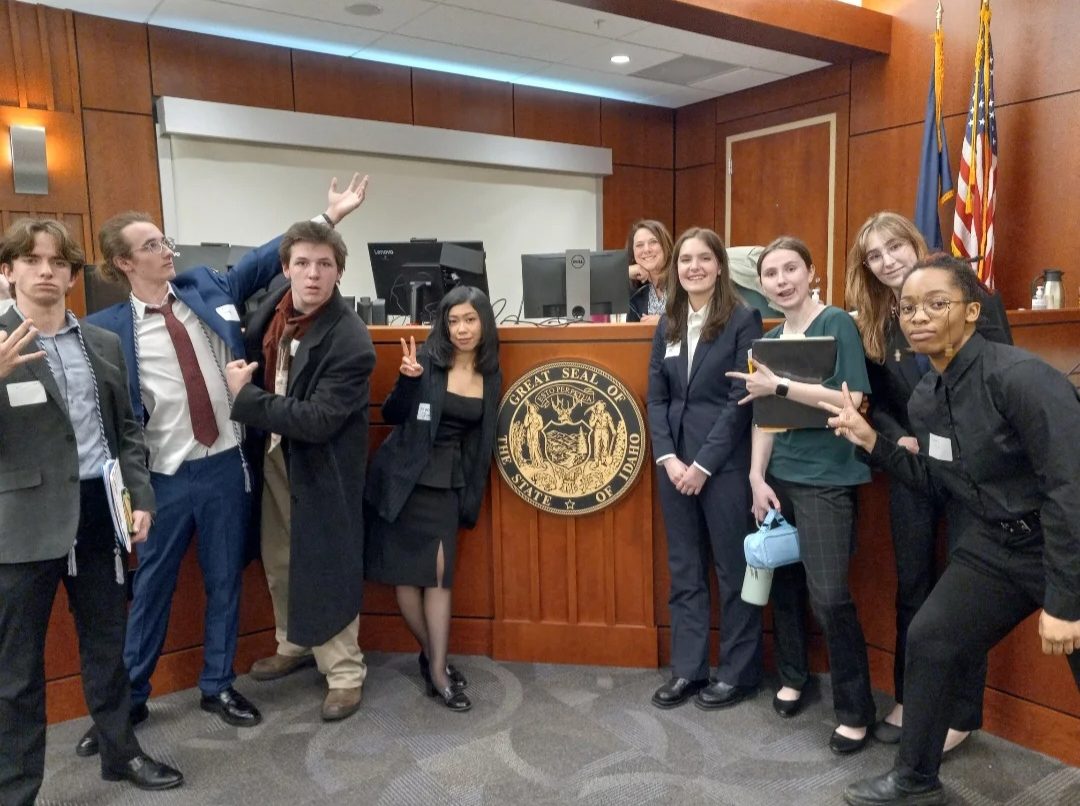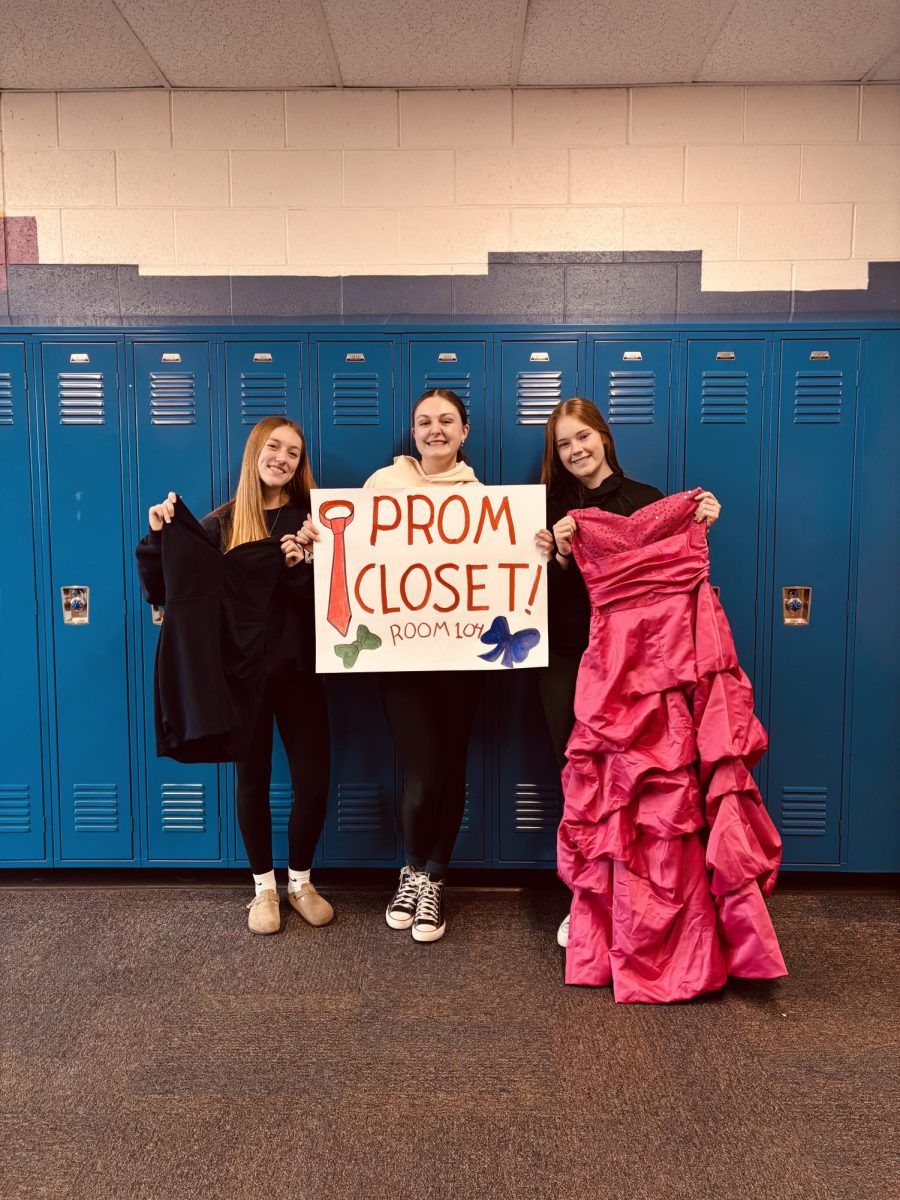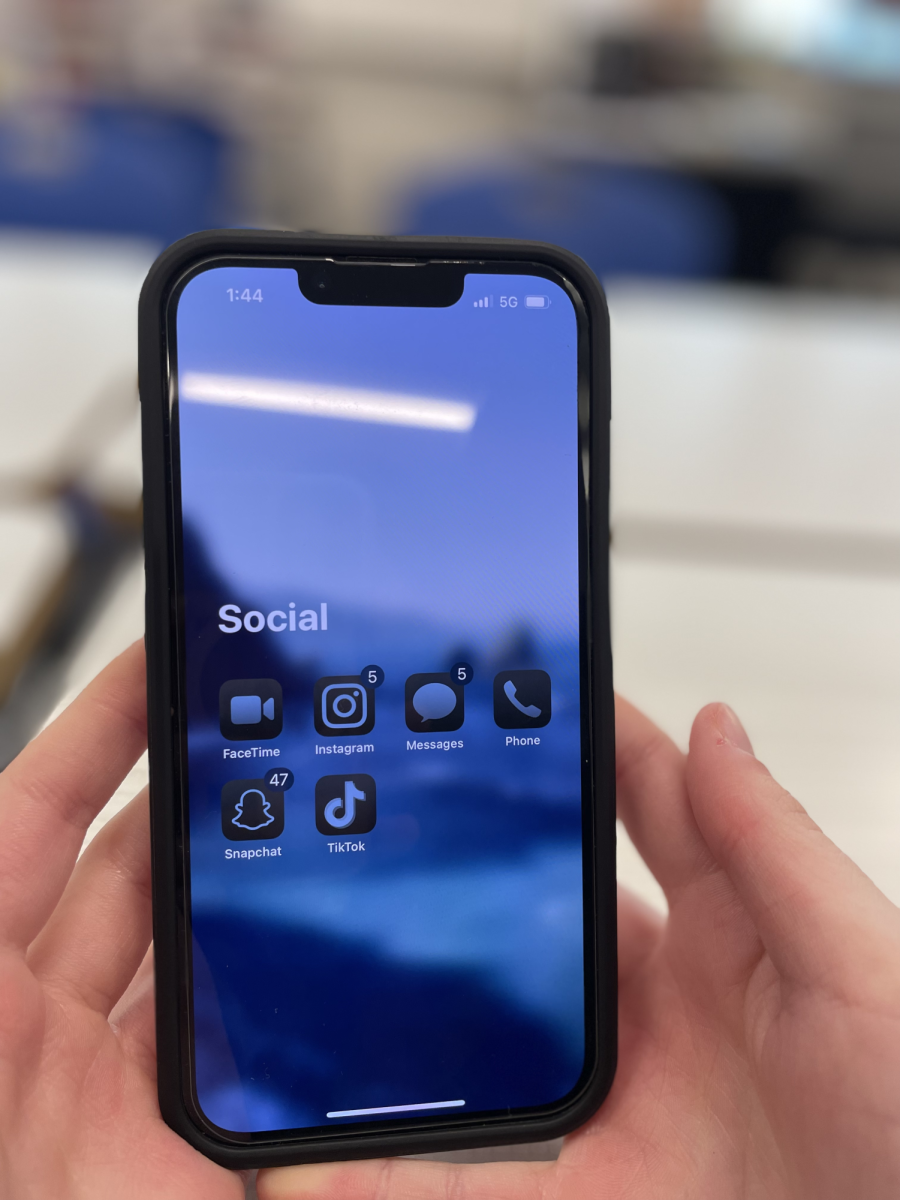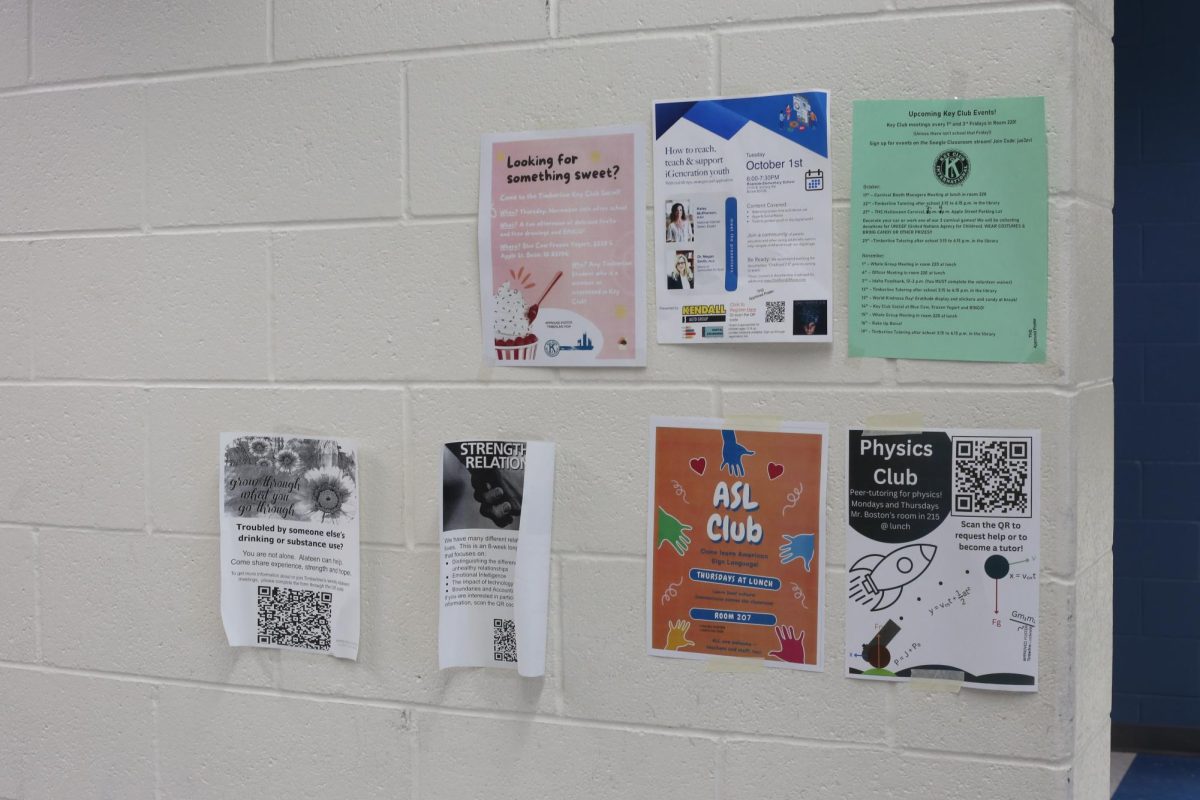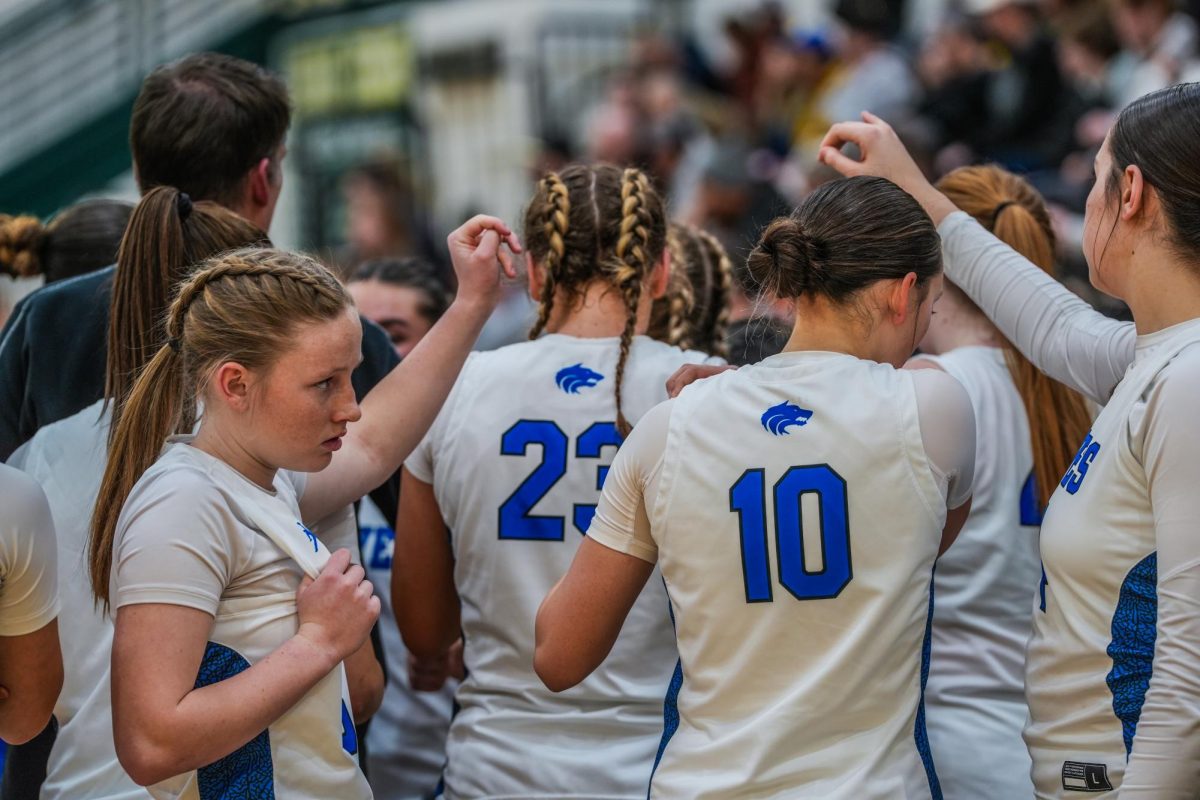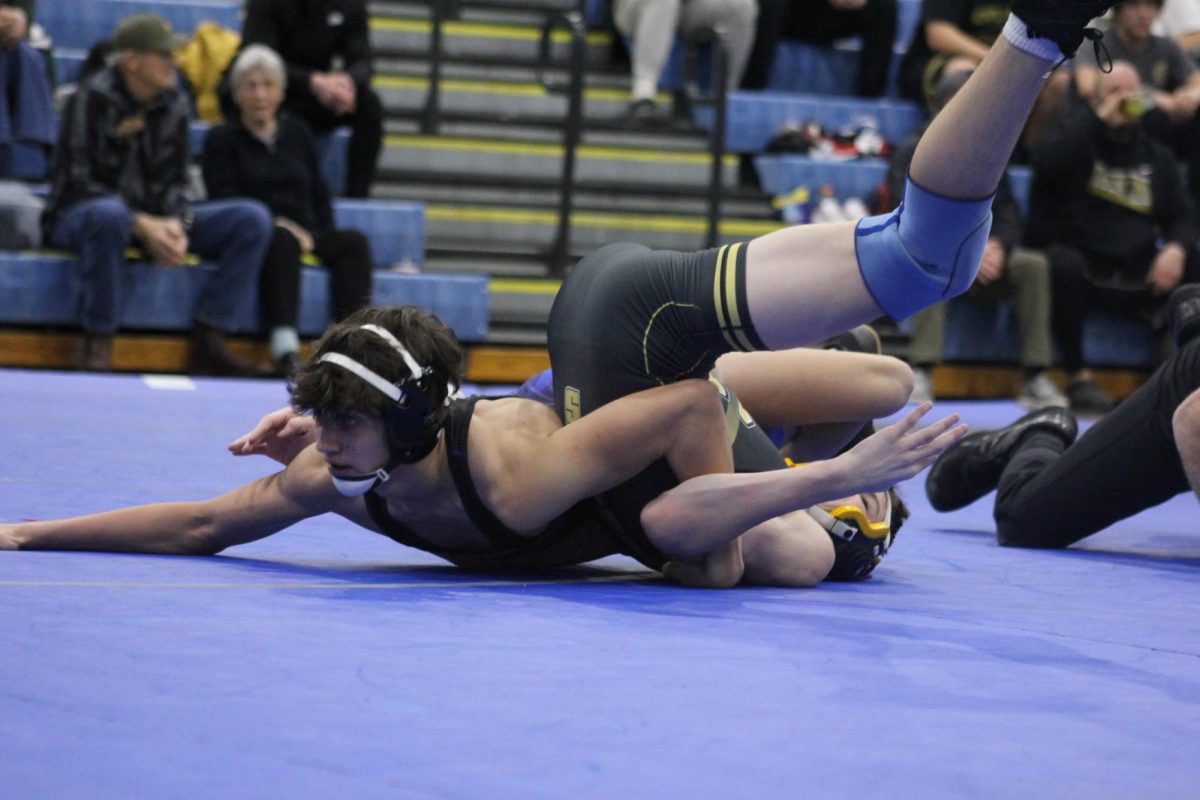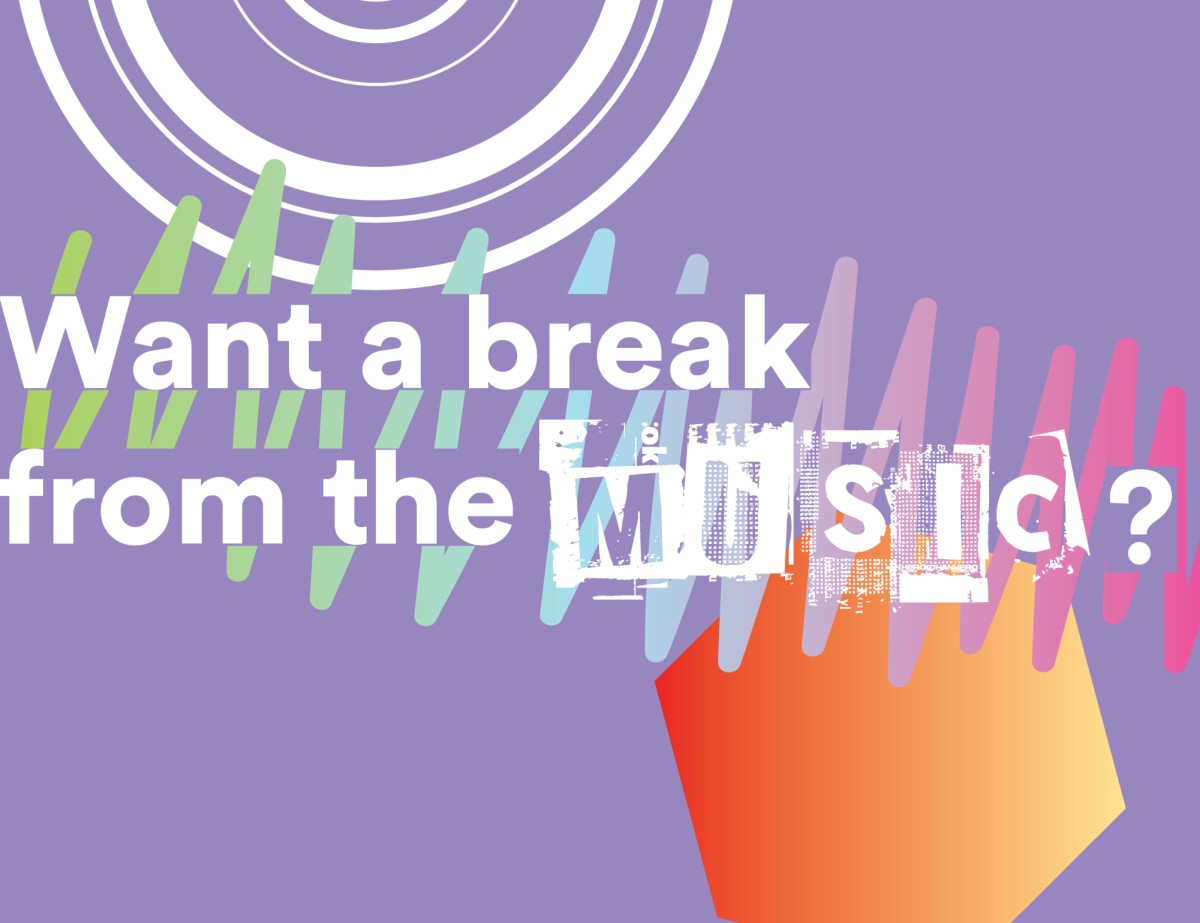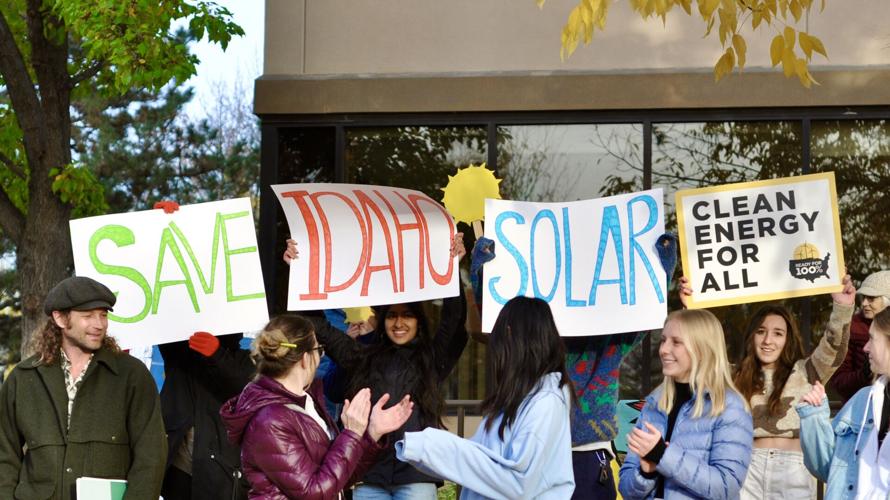Youth Are Changing the Political Landscape
December 15, 2022
These past years have been characterized with monumental events: the COVID-19 pandemic, resurgence of the BLM movement in 2020, the January 6th Capitol riot, and overturning Roe v. Wade in June 2022. While dominating the headlines, issues have been circulating regarding the economy, health, gun laws, and basic freedoms, where many people have been vocalizing their stances on these problems. Over time, youth (mainly Generation Z), have grown in their efforts to take more control over their futures; but it hasn’t always been easy.
Youth build their knowledge in schools, where they serve as a primary center of learning for students across the country. The curriculum lay the groundwork for how youth develop their perspective on the world, and how they’ll approach their lives in the future. However, in the increasingly polarizing climate, political agendas intertwine with coursework and raise concerns over political figures adding their input on schooling, leaving students left to deal with the remnants of political decisions without a say in their learning, even though they are the ones who feel its impacts the most.
Today, politics are growing more influential in students’ education, placing them in a position where they are subject to political figures making the executive decisions on their futures. This issue is illustrated with the recent nationwide flood of book bans with Idaho standing as one among the many states feeling its effects.

Stack of books from a high school library in Annandale, NJ that were subject to complaints as books are banned across the country
According to an annual book report from the American Library Association, a nonprofit organization promoting library education, it tracked 1,597 books that were challenged or banned in 2021. Idaho’s schools also faced this wave of book bans, where according to the Idaho Statesman, “In 2022 alone, the Nampa school board has voted to permanently remove 23 books from Nampa School District libraries.” Many of the books featured LGBTQ+ characters and racial themes, leaving students void of their classic literature.
Ashley Hope Pérez, an author whose book was banned from school districts last year, stated “[Book banning] is a proxy war on students who share the marginalized identities of the authors and characters in the books under attack.” These bans inhibit the engagement between students and their stories, where some may relate to the authors’ storytelling. Additionally, marginalized groups are silenced and their stories erased from the education system, making it more difficult for youth to resonate with the diverse American population. This shows how students today, the younger generation of the US, have had to face the consequences of political actions without much of a say in the decision-making process since the start of their lives. But now, the political power being stretched into classrooms is starting to be wielded by youth into vocalizing opinions outside of its walls.
Historically, the American government has mainly consisted of older generations. For years, it has commanded the nation with wisdom, where policies and legislative action stem from extensive knowledge and experience, being an attribute critical to leading a country at its most trying times. However, even though it’s undeniable that having older power is crucial for a country’s governance, concerns have risen over time regarding how representative the overwhelming majority of older politicians in the government is for the American public.

Percentage of Congress over the years in ages over 70
According to a data analysis by Business Insider, “America has always been governed by a class of political leaders older than the population.” As of September 2022, “…about a quarter of Congress is over the age of 70, the highest percentage ever. At the same time, while half the country is aged 38 or younger, just 5 percent of Congress can say the same.” As the current US government is the oldest in history, this became a topic of discussion when the Supreme Court overturned Roe v. Wade, the landmark case that federally protected abortions for almost 50 years. According to the Pew Research Center, “Nearly six-in-ten adults (57%) disapprove of the court’s sweeping decision, including 43% who strongly disapprove.” A widespread public response involved concerns over how the age discrepancy between the judicial branch and the US population led to a decision that didn’t sufficiently reflect the people’s real interests. Criticism surfaced over the fairness of judges making the final decisions that would impact the futures of young Americans the most, and not necessarily their own. As a result, calls have been raised for more youth representation. Yvonne Shen, a Boise High student activist and co-founder of the Idaho Asian-American Pacific-Islander Youth Alliance (IAAPIYA) mirrored the same sentiment, stating “Youth representation is super important in politics and government because we are the future of these positions. So much policy directly impacts us youth as stakeholders, but oftentimes we don’t see our viewpoints represented in positions of power,” said Shen. Now, times are changing.
Today, young Americans are taking more control over their futures and are growing in their active political participation. The country’s future leaders and professionals can be found in Generation Z, a generation group born between 1997-2012 uniquely characterized by many never experiencing life before smartphones and social media. Said to be the most racially and ethnically diverse of all the generations, 20.67% of the US population consists of Gen Z as of 2021, reported Statistica, a company specializing in market and consumer data. As time progresses, the number of young eligible voters have increased, and their influence can be tracked throughout election cycles.
John Della Volpe, the polling director at the Harvard Kennedy School Institute of Politics, said in an interview with Idaho Public Television that “The first time [Generation Z] could vote was 2018. We saw a similar effect in 2020. And now again it’s carrying over. So politics is very, very meaningful for this generation,” said Della Volpe. With 2018 marking a historical start to increased youth political participation, their influence has only grown since then.
This was recently illustrated in the 2022 US midterm elections, where young voters showcased their political strength and passion through numbers. According to the Center for Information & Research on Civic Learning and Engagement, an estimated 27% of youth aged 18-29 casted their ballot, producing the second-highest youth turnout in any midterm vote. The incredible political mobilization of young voters during the election made a considerable difference in several key state races. A study by the Pew Research Center found that younger voters tended to favor Democratic candidates for the House of Representatives, which played a key role in assisting Democrats in muting Republicans’ projected “red wave”. Additionally, youth power was not limited to just the election polls; it arrived on the doorsteps of Congress itself.

Representative Maxwell Alejandro Frost joins the 118th Congress as its youngest member at age 26
Maxwell Alejandro Frost, a 26-year-old gun control activist, marked history at the 2022 midterms by becoming the first member of Gen Z ever elected to Congress after winning the Democratic seat for Florida’s 10th congressional district. During his election campaign, the young representative said he was running for Congress because “we won’t change the system until we change our leadership. It’s time for poor, working-class, and young people to have a seat at the table,” said Frost. These significant pushes towards progress in youth representation are crucial as issues concerning climate change, gun control, healthcare, and the economy become increasingly determinant of what the futures for youth will look like. Taking more control over imperative issues have characterized youth political involvement for the past few years, as protests ranging from climate change to reproductive rights shed light on the problems youth are most passionate about, and visibly demonstrate what demands youth are making today.
“There’s no denying that the younger generations are the faces of the future,” said Jenna Welle, a sophomore at Timberline and active member of the Idaho Climate Justice League. “The issues the future generations [choose] to address and the solutions they propose will reflect change,” said Welle.
The younger generation will be the leaders of transformational change in the political landscape. Students learning in the classroom about the world they will enter later in their lives, should have the knowledge and confidence to speak up on issues that will be at the forefront of political discussions in their futures. With the current government body making history for its elder majority, where it’s seated by many who have served for years (such as President Biden, Senator Chuck Grassley, and Senator Dianne Feinstein), youth having more political involvement today plays a crucial role for proper representation. However, even though youth redirecting the power onto themselves holds potential to drastically change the future, it’s important to note certain considerations that need to be taken. When pushing for change, “we also have to be more open-minded and willing to compromise and work with people we disagree with,” said Yvonne Shen. “Our generation is very passionate about so many issues, but if we truly want to change the future, we have to be willing to overcome differences and work together to achieve solutions…” said Shen.
Youth today have the power to create a nation they want to make a reality, and through mindful practices, younger generations can create a tidal wave of impact. As issues such as climate change and basic freedoms are challenged everyday, it’s crucial for youth to be in the center of action, influencing the decisions, and finally taking more control over their futures.
